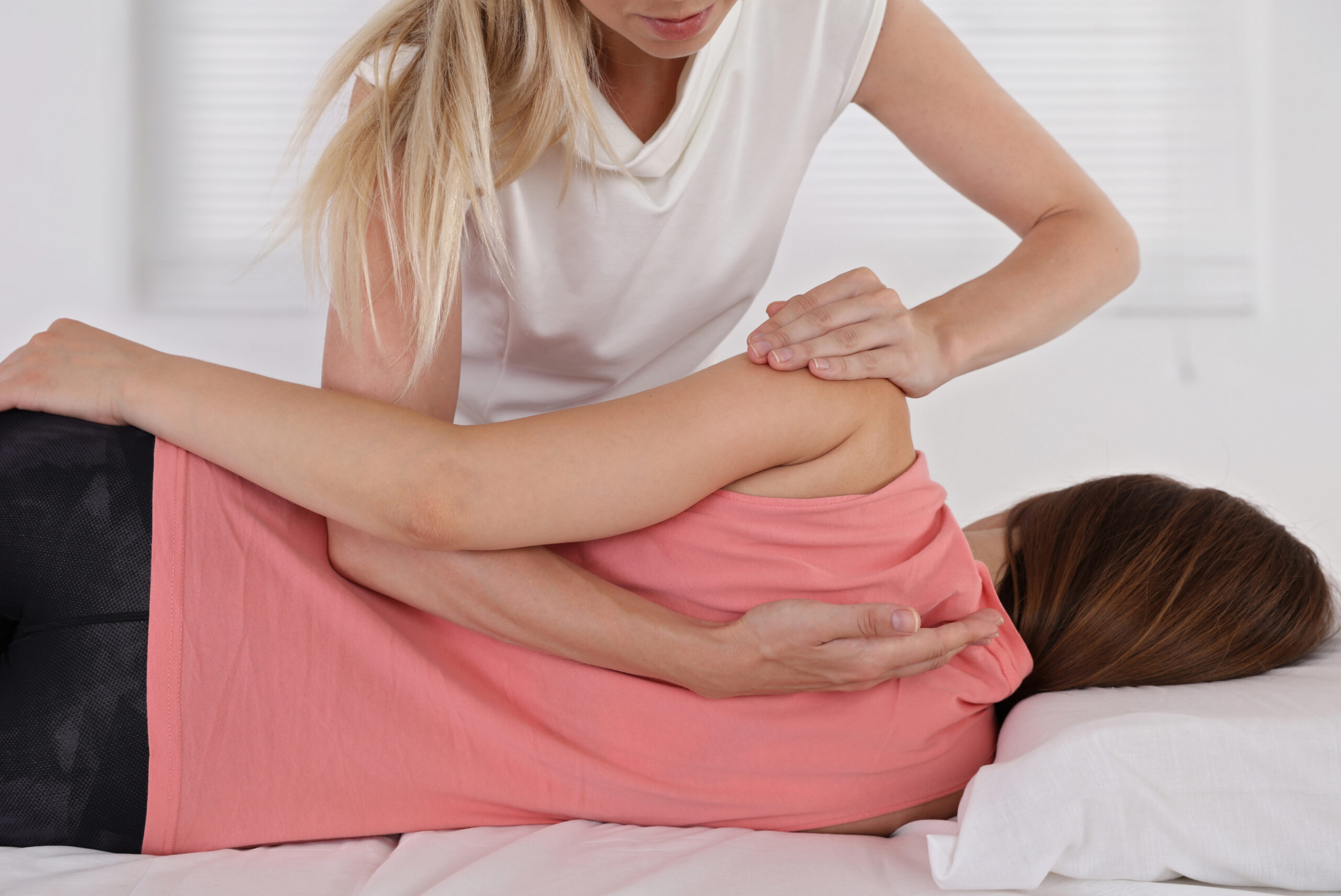Top 5 Musculoskeletal Injuries We’re Seeing More of in 2025 (And How to Prevent Them)
In 2025, our team of physiotherapists has noticed a steady rise in musculoskeletal injuries across all types of clients. It is not just athletes who are affected. We are seeing more desk workers, parents, and older adults coming in with aches, strains, and movement issues.
Changes in work habits, increased screen time, and a surge in high-intensity fitness routines have created new patterns of overuse and poor posture. The positive news is that most musculoskeletal injuries can be prevented with the right balance of movement, strength, and hands-on care.
Here are the top five injuries we are treating most often this year and our professional advice on how to stay ahead of them.
1. Lower Back Pain
Lower back pain continues to be one of the most common conditions we treat. Hours of sitting, poor posture, and weak core muscles are major contributors. If left untreated, these issues can cause stiffness, nerve irritation, and ongoing pain.
Our approach:
We combine hands-on physiotherapy and remedial massage to relieve tension and improve mobility. Once pain has eased, our exercise rehab and Clinical Pilates sessions focus on strengthening the core and glutes to prevent future flare-ups.
Prevention tip:
Take regular breaks from sitting, check that your workstation is well set up, and include gentle core strengthening exercises in your weekly routine.
2. Shoulder Impingement and Rotator Cuff Strain
Many people experience shoulder pain from gym workouts, swimming, or long hours at a computer. Muscle imbalances between the chest and upper back can cause the shoulder joint to move inefficiently, leading to irritation or strain.
Our approach:
Our physiotherapists use manual therapy to restore shoulder movement and reduce inflammation. We then guide clients through exercise rehab and Pilates programs that build balanced shoulder strength and stability.
Prevention tip:
Warm up properly before training, pay attention to technique, and add posture-based strengthening exercises to your weekly plan.
3. Knee Pain (Patellofemoral Pain Syndrome)
Knee pain, especially around the kneecap (patella), is becoming more common among runners and recreational athletes. Weak hips, tight thighs, or sudden increases in training load are often the cause.
Our approach:
We assess how your body moves and use a combination of hands-on treatment, targeted strengthening, and prehab exercises to correct movement patterns and improve knee alignment.
Prevention tip:
Increase your training gradually, focus on hip and thigh strength, and include stretching and recovery in your weekly schedule.
4. Tendinopathies (Achilles and Elbow Tendon Pain)
Tendon injuries, such as Achilles pain or tennis elbow, are becoming more frequent due to repetitive strain and tight muscles. These problems often start with mild stiffness or soreness and worsen if ignored.
Our approach:
We use remedial massage therapy to reduce tension, followed by manual therapy and tailored exercise rehab to rebuild tendon strength and resilience.
Prevention tip:
Increase training loads gradually, avoid pushing through pain, and book a physio appointment at the first sign of persistent discomfort.
5. Neck and Upper Back Tension
Stress, prolonged computer use, and poor posture are leading to more cases of neck and upper back pain. Tight muscles and weak postural support can cause fatigue, stiffness, and headaches.
Our approach:
Our physiotherapists and massage therapists work together to release tight muscles and restore movement. We then use Pilates and prehab programs to strengthen the upper back and support long-term posture.
Prevention tip:
Adjust your workstation so your screen is at eye level, keep your shoulders relaxed, and take regular movement breaks during the day.
The Takeaway for Musculoskeletal Injuries
At our clinic, we believe that true recovery and prevention come from combining hands-on treatment with active rehabilitation. Whether through physiotherapy, remedial massage, or our small-group Pilates and exercise rehab classes, we help you recover, move better, and stay pain-free.
If you are noticing early signs of stiffness or pain, now is the best time to act.
Book an appointment with our team today and find out how we can help you move with confidence and strength in 2025.

